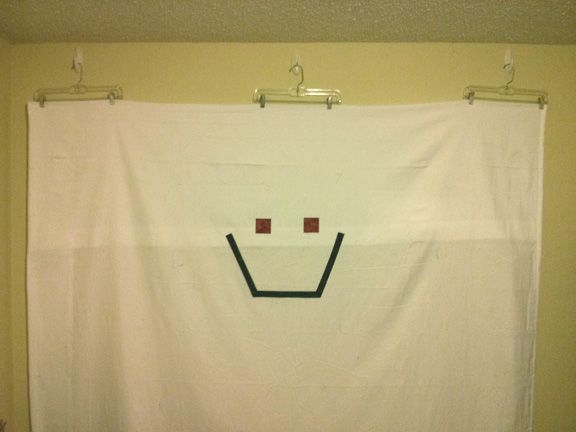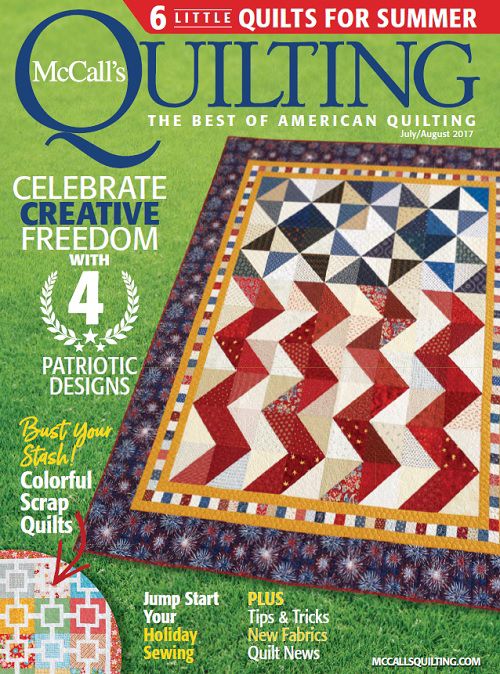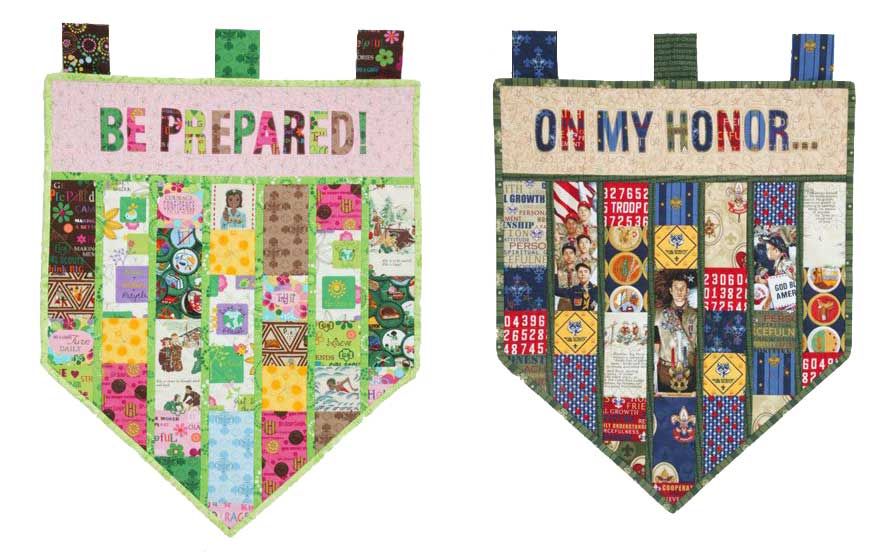Workshop Wednesday: Designing Quilts

Do you design quilts or quilt blocks? How do you work when you do? When I design a quilt or a block, I like to use graph paper and a pencil to sketch out lots of ideas, but there are plenty of different ways to get creative with quilt design. Even making a traditional block, like a Log Cabin or an Ohio Star block, is technically designing, since you’re selecting colors and values that appeal to you, and the combinations you choose can make your traditional blocks look one-of-a-kind; then sewing those blocks together in a pleasing arrangement is even more designing on top of that.
One great tool that has helped many quilters become better, more efficient quilt designers is the Electric Quilt software, or EQ7 (the most recent version). It’s a pretty intuitive design program for PC or Mac, where you can design pieced blocks, applique, foundation pieced motifs, entire quilts and probably more. If you’re interested in this program but not sure where to start, let Nancy Mahoney walk you through the basics in our on-demand webinar, Beginning EQ7 with Nancy Mahoney.
When you design a block in EQ7, you can play around with scale, color, contrast and value without cutting a single patch. But if you prefer to look at how the actual fabrics in a block or quilt are going to interact with one another, it helps to cut patches and see the arrangement before you sew them together. I have a mini block design wall that I use at work all the time for this very purpose—we sew a lot of color option for our patterns at work, and this helps me to plan my color placement for those. Often, the finished product is different from my original plan because I was able to preview my choices and decide whether they work or not. I use something very similar to this easel (available at Quilt&SewShop) and I’d recommend it to everyone.
Once you’ve got your blocks designed and sewn, then it’s time to put them together! Now you could just sew them together randomly and call it a day, but if you’re anything like me, you want to plan out your composition so it’s balanced and beautiful. Since it’s pretty tricky to get an accurate perception when you lay the blocks on the floor, many quilters like to use a design wall to plan block arrangement. I know I do. I put up an inexpensive, easy design wall in my sewing room years ago, thinking I’d come up with a better, more permanent solution later, but I still use and love my cheap, easy-to-make design wall. Read about how I made it here, or check out the photo below since there’s not much more to it than that. Lori blogged about how much she loves her design wall too, read about hers here.

Easy design wall!
Another great design wall option, especially if you want to use it in more than one place, is this inexpensive portable design wall from Fons & Porter (also available at QASS). It’s even more useful than mine since it has grid markings to help place patches, for regular or on-point settings.
There are certain quilt patterns that are much easier to make when you arrange everything on a design wall before sewing. They could have a specific flow of color from top to bottom or side to side, or require adjacent coordinating blocks and need to be planned in advance. Below are some examples of quilt patterns that are made much easier by using a design wall. All are available as digital patterns by clicking on the link.
Dream in Color, designed by Jean Nolte, is all about the flow of color. Arranging the blocks on a design wall before sewing them makes it easier to see the full effect and make sure everything is in the right place.
Filtered Light is a quilt that I made, and I could not have done it without planning it out on my design wall. The blocks rely on specific color combinations and placement, which is much easier to plan when it’s all laid out in front of you.
I love the fabrics in this Luminous quilt kit. They just look so pretty in this pattern with fussy cut patches. Getting a good balance of value and color is much easier with a design wall.
I feel like rushing home and planning a new project on my design wall! What about you? Before you go, check out this free video series from McCall’s Quilting about using color, print and value as design elements to help plan palettes and pick fabrics.
Color selection using a Focus Fabric video
Print Scale as a Quilt Design Element video
Value as a Quilt Design Element video
I hope you design many beautiful quilt blocks and quilts after this! If you do, show them to us! Thanks, and happy quilting!









Join the Conversation!